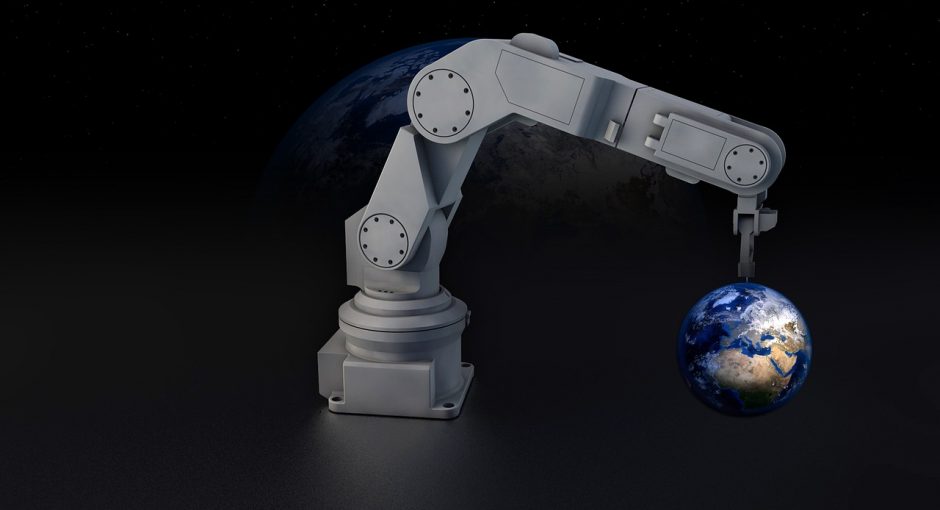Computer simulations are being used to analyse the energy expended during the fragmentation of agglomerates. This information lends itself to many industries from food to pharmaceutical that need to prevent breakages.
Dr Roberto Moreno-Atanasio from the University of Newcastle has been using computer simulations to analyse the energy expended during the fragmentation of agglomerates, such as can be found in pharmaceutical or food industries.
The knowledge of how much energy is required to fragment the agglomerates, as well as how the energy dissipates, lends itself to any industry that wants to ensure the quality of its product is not compromised by unintentional breakage, which is particularly valuable when transporting goods such as medicines.
“Knowing how much energy is required to fragment agglomerates is useful to improve the efficiency of comminution processes, where agglomerates are ground or crushed for further processing or incorporation into a final product,” says Dr Moreno-Atanasio.
Dr Brent Jenkins, CEO of Newcastle Innovation, notes that energy consumption is a major cost for minerals processing industries.
“For commodities such as copper, nickel and gold, significant energy in the form of electricity is consumed to break the ore to a size that will allow easier liberation of the valuable materials during processes such as flotation,” says Dr Jenkins.
“Efforts to better understand the comminution process should lead to more energy efficient and cost effective operations.”
Dr Moreno-Atanasio has studied the fragmentation of numerous materials in his research; however two focal materials have been glass and titanium oxide.
While glass provides an easy way to compare simulations and experiments and thus sets up computer simulations as a valid tool to study the behaviour of agglomerates, titanium dioxide is of the utmost importance for chemical industries.
“It can be found in many things including paints, colourants, food, cosmetics and many chemical products,” says Dr Moreno-Atanasio.
The computer simulation method that Dr. Moreno-Atanasio uses has another valid application, which contributes to saved time and energy in the pneumatic transportation of minerals. The employment of computer simulations based on Discrete Element Method (DEM) is an easy way to deal with the problems caused by undesirable attrition. As a result, better designed pipelines and conveyors are expected to achieve larger output with better maintained material integrity.
This is a key example of Dr Moreno-Atanasio’s interest in his computer simulations finding application to improve or assist the development of present or future technologies, and therefore contribute to the improvement of quality of life.
Dr Moreno- Atanasio welcomes research collaborations with industry to translate this well developed and world leading research capability into practical innovation.
























